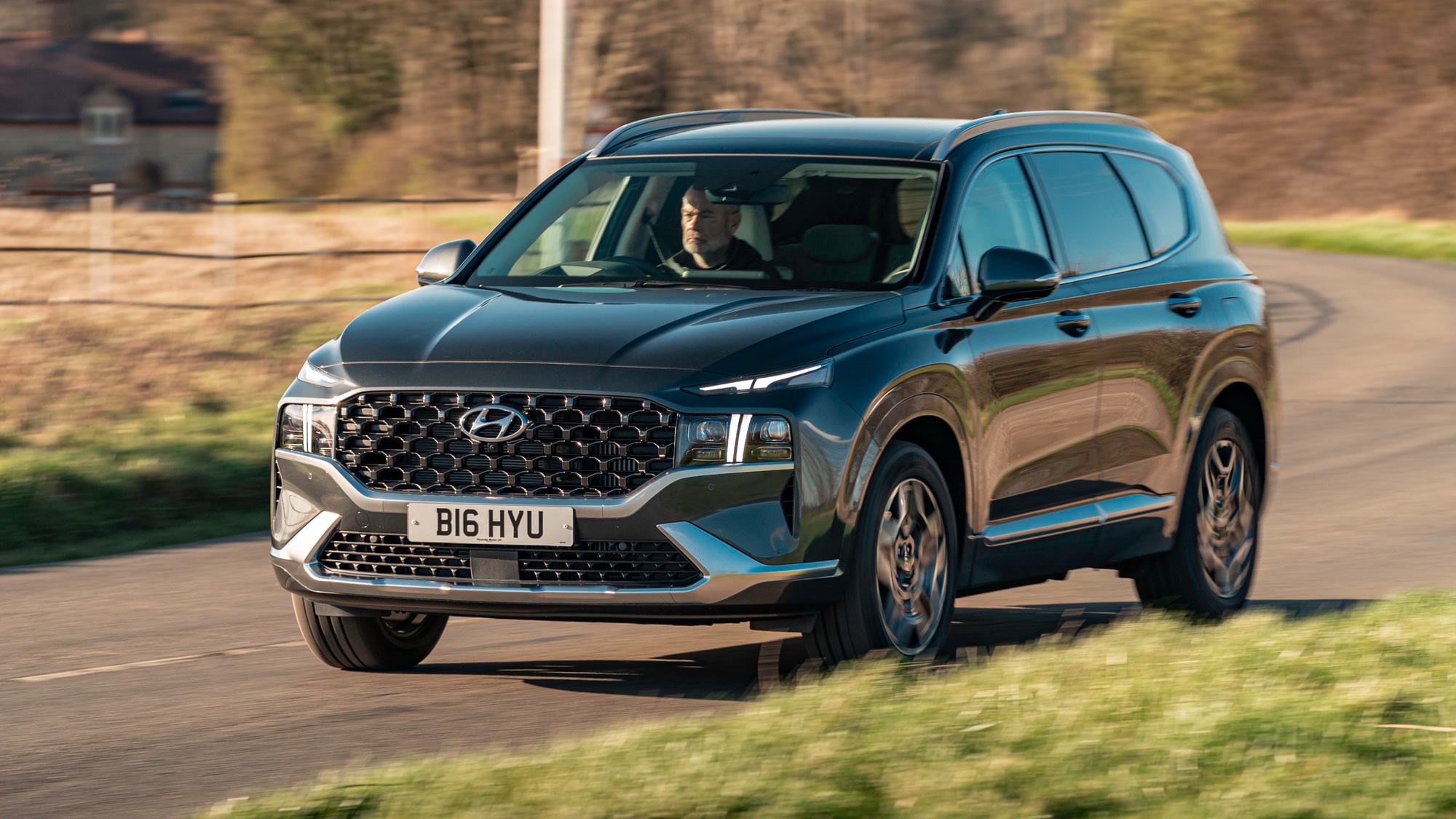Introduction
The future of energy is bright. We have the technology to create a clean, renewable source of power that’s better than any other energy source we’ve ever seen. But what does this mean for the future? How does it affect our lives? How do we get there? And how do we know if solar energy will be as successful as we hope it will be? In this post, I’ll give you all the information you need to understand why solar power could be great for our planet and how it might change everything from how we heat our homes to how much money we spend on electricity each month.
Solar power has been a promising solution to the problem of our dependence on foreign oil for decades.
Solar power has been a promising solution to the problem of our dependence on foreign oil for decades. It’s not just for solar panels, either: you can use it to charge your phone and even make ice cubes!
The solar industry is growing at a rapid rate, but it’s still not as big as other energy sectors.
Although solar power is growing at a rapid pace, it’s still not as big as other energy sectors. In 2017, solar made up only 2{a5ecc776959f091c949c169bc862f9277bcf9d85da7cccd96cab34960af80885} of the total U.S. electricity generation market.
But this doesn’t mean you should ignore solar–it’s actually growing faster than other sources of energy! In fact, it’s expected to increase by 17{a5ecc776959f091c949c169bc862f9277bcf9d85da7cccd96cab34960af80885} annually through 2022 (compared with an average 5{a5ecc776959f091c949c169bc862f9277bcf9d85da7cccd96cab34960af80885} annual growth rate for all forms of electricity generation).
Solar panels are getting cheaper, faster than ever before.
We’ve seen the cost of solar panels fall by 80{a5ecc776959f091c949c169bc862f9277bcf9d85da7cccd96cab34960af80885} since 2009, and it’s expected to keep dropping.
The main reason for this is because the technology has improved so much in recent years. We now have more efficient cells, better materials and better manufacturing techniques that allow us to produce high-quality panels at lower costs and with greater efficiency than ever before.
Solar power is becoming more affordable for the average person too: you can buy a small system from your local hardware store or online retailer for less than $1 per watt (a standard size panel) which will generate enough electricity for basic household needs such as lights and appliances–and there are tax incentives available on top of that!
Solar power can supply energy to homes and businesses in rural areas where electricity isn’t easily accessible.
If you live in a rural area and have been looking for an alternative energy source, solar might be the answer. Solar power is a great option for those who live in areas that lack access to electricity and other forms of traditional energy sources.
Solar energy systems can be used to power homes or businesses in rural areas where electricity isn’t easily accessible. This is because solar power systems are renewable and clean, making them an ideal choice for those who want to reduce their carbon footprint while also saving money on their monthly utility bills.
Solar panels have been around for decades and have seen a lot of innovation since they were first developed.
Solar panels have been around for decades, but they’ve seen a lot of innovation since they were first developed. These days, solar energy is cheaper and more efficient than ever before–and it’s still growing as an industry.
Solar power was first used in 1839 by French physicist Alexandre Edmond Becquerel (who also discovered radioactivity). It wasn’t until 1954 that Bell Labs created the first practical silicon cell–which could convert sunlight into electricity without being exposed to air or water–and this technology led to the production of photovoltaic cells (PV). Since then, PV has become one of the fastest-growing industries on Earth; it currently provides about 1 percent of global electricity generation but is expected to reach 3 percent by 2020 and 20 percent by 2050!
Solar power is not an outdated technology; it’s just not as popular as other sources of energy yet.
Solar power is not an outdated technology; it’s just not as popular as other sources of energy yet.
Solar power is a promising source of renewable energy that can provide clean, reliable electricity to homes and businesses around the world. It’s also one of the most popular ways to generate electricity today–but there are still some misconceptions about how solar works, so let’s clear those up!
There are many ways to use solar power right now, but it will take time for solar energy to become the norm
Solar power has been around for decades, but it’s still not as popular as other energy sources. Solar power is a promising solution to our dependence on foreign oil and other fossil fuels; however, it will take time before solar energy becomes the norm. Why?
The answer lies in two reasons: cost and accessibility. Solar panels are expensive compared to other sources of electricity (such as coal or natural gas), so installing them on your home is likely going to cost more than you’d like at first glance–especially if you don’t know about all the tax credits available for installing them! Additionally, many people do not have access to adequate sunlight where they live; this prevents most people from using photovoltaic cells effectively without having an investment into something called “solar tracking.”
Conclusion
Solar power has been around for decades, but it’s still not as popular as other energy sources. This is partly because of its high cost and the fact that it takes time to install solar panels at home or in your business. However, if you’re considering making the switch from fossil fuels to renewable energy sources like solar power then now is the best time ever before!



More Stories
Improving The Performance of Electric Vehicles
Cost Of Charging An Electric Car? $2 A Month!
Why Electric Vehicles are the Better Choice for the Environment